When we eat we are feeding something. Sometimes it's hunger. Sometimes it's boredom or sadness. Sometimes we feed our goals or our relationships. If we learn to elevate our awareness we can ensure we aren't mindlessly feeding or feeding for the wrong reasons.
People often say food is like the fuel for your body like gas is fuel for your car. I agree with that analogy for the most part. If you don't put enough fuel in your car, your car won't go far. If you put low quality fuel in your car, your car probably won't run well for a long time. Your body is similar. we need to fuel our body with high quality-nutrient-dense foods in the right quantities to look, feel and perform our best.
The analogy end there. Your car doesn't have a favorite type of gasoline that is just like his Grandmother used to make. Your car doesn't choose a certain fuel that has cultural significance (Your German car doesn't prefer Bratwurst). Your car doesn't remember his favorite fuel from childhood. Your car doesn't meet to fuel-up (and wind down) with friends. You see what I mean? Sure, food is fuel, but to be truly healthy in mind and body, it's important to recognize and understand that food is so much more than just fuel.
The first step in raising our awareness level about the foods we eat is to think about what we are feeding when we eat.
What are you feeding?
FEEDING YOUR RELATIONSHIPS
If you look at food as only fuel, you miss a major piece of the puzzle that can lead to disordered thinking. Sure food is fuel, but as humans, we build relationships and bond over meals. It may be socializing with friends, celebrations with family or negotiating over dinner with business partners. Food is a big part of the equation. To pass up on every social occasion, dinner outside the home or kid's birthday party because we're worried about accidentally consuming an extra gram of sugar, is taking healthy living too far. There has to be a balance between high quality nutrition and living a full and connected life.
Relationships are an important part of a healthy lifestyle. While yes, we want to be mindful to put healthful foods in our bodies most of the time, there are occasions when our relationships are a higher priority than the macro breakdown of our meal. If you strive to eat well 80% of the time, the other 20% of less-than-optimal nutrition while bonding with friends and family will only leave you a healthier, more well-rounded human being. Healthy living is not all-or-nothing. It's most important to be mindful of your choices. Optimal or not, your choices are thought-out and intentional.
FEEDING YOUR GOALS
Often time we get on a stricter dietary regimen in order to feed our goals. If we want to lose body fat, build muscle or run a marathon, the food choices we make are more important than ever. Nutrition is the foundation of any effective fat loss, performance or health-related goal. If you are not feeding yourself properly for your specific goal it's more challenging to achieve. Maybe you're not training for anything, you just want to eat higher quality foods so that you have a healthier body to enjoy life to the fullest. That's a great goal to feed.
Proper nutrition comes first. It doesn't mean there isn't room for treats and indulgences, it just means that when we are feeding our goals, our focus is on the nutritional choices that are necessary to achieve them.
FEEDING YOUR EMOTIONS
This is where things get tricky and why a lot of people struggle with food. We aren't eating because we are hungry, we aren't eating because we are training, we aren't eating to have a healthier body, we aren't eating to bond with people, we are eating because we are bored, sad, tired or angry. When we feed our emotions with food we tend to ignore all the signals our body sends to tell us when we're hungry, satisfied or full. When we ignore the signals our body sends, we're more likely to lose control. We are eating to feed emotional needs rather than physical hunger. Learning to tune in our body's signals is a skill that can be developed to help us control our weight. Our body knows what it needs and it tells us, but if we been ignoring or overriding these signals for years, we often have to start again and learn how to listen.
If you are eating to feed your emotions, before you can change your eating habits you often have to discover the root the problem. What drives you to overeat? Where are these feelings coming from? What are feelings are you trying to dull with food? I certainly don't have all the answers. These issues can go a lot deeper than what can be solved by reading a blog post. There is great strength in asking for help when you realize you can't do it alone.
WHAT ARE YOU FEEDING?
The first step is awareness, take a step back and ask yourself, "What am I feeding?" If you keep a food log, don't just track your calories and macro nutrients, track how you feel before and after you eat each meal and snack. Download my three day food log to give it a try.
You don't have to change all your behaviors in one day or one week. The first step is recognizing your habits, noticing your feelings and how they affect your actions. Before you eat something, ask yourself, What am I feeding? Once you are aware, you can begin to make changes.
Three day food journal printable PDF download. Save to Pinterest for later
Would you like to learn how to tune in to your body's signals and improve your eating habits from the ground up? My online nutrition program is a sane and sustainable way to weight management. Tired of fad diets and extreme measures? This program may be exactly what you need to make real and lasting change once and for all. Want to try it first? The first month of nutrition habit coaching is 75% off to try.
Like this post? It helps me a lot when you share with your friends and followers.
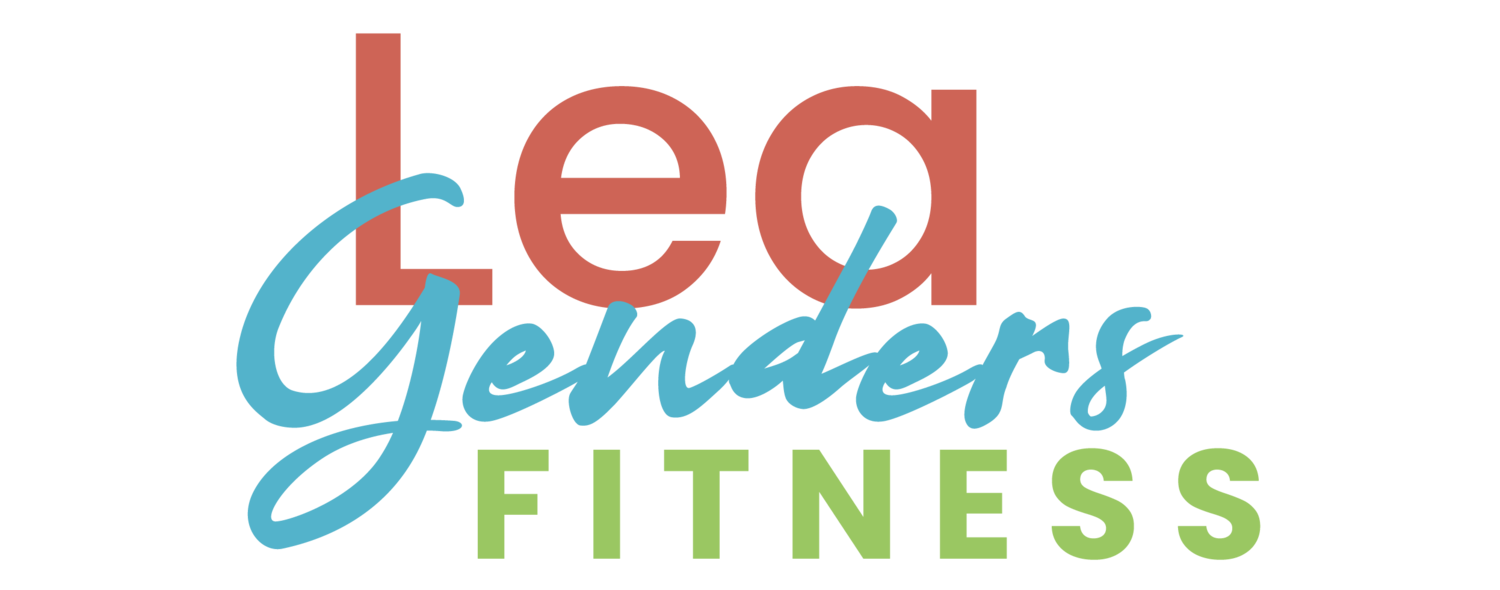














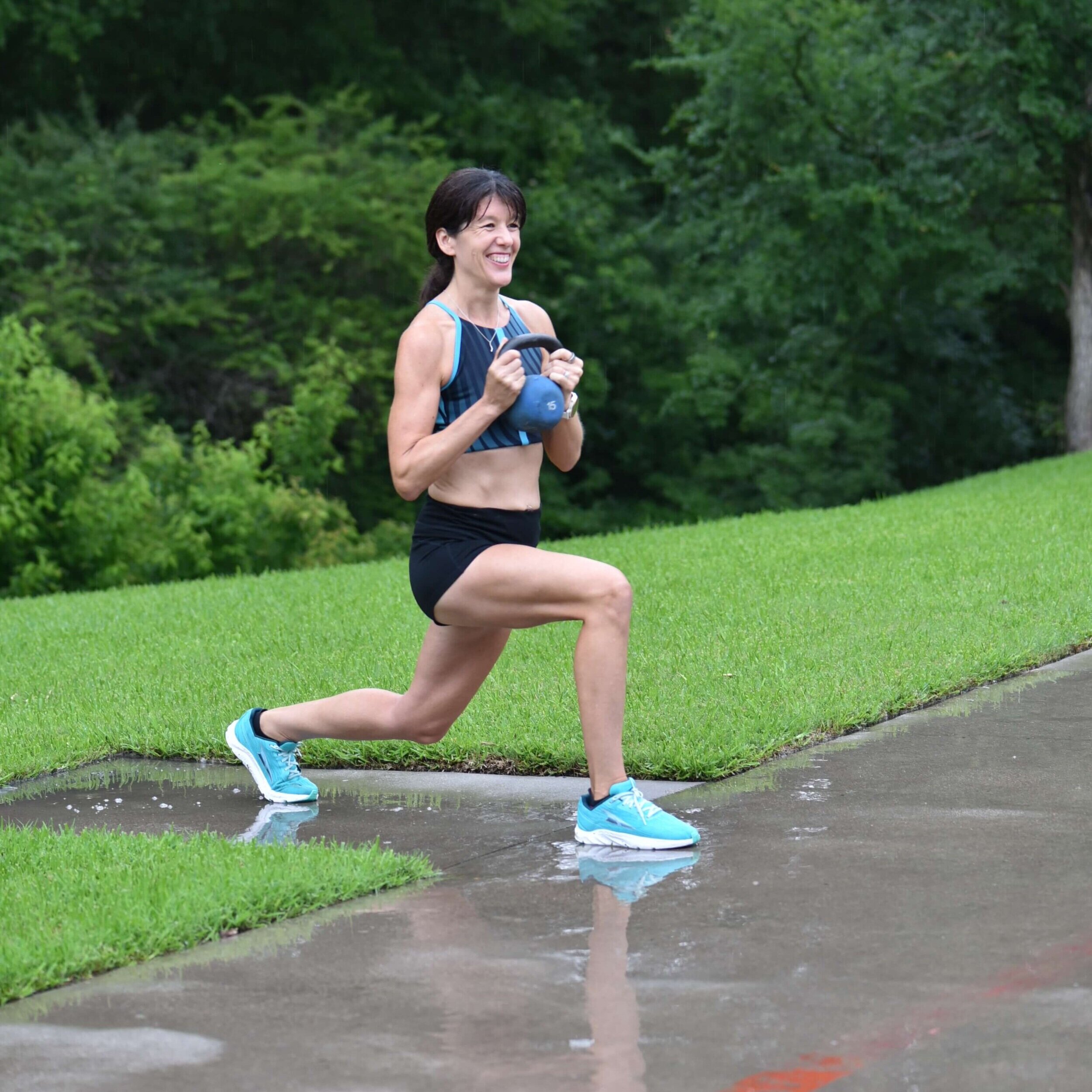

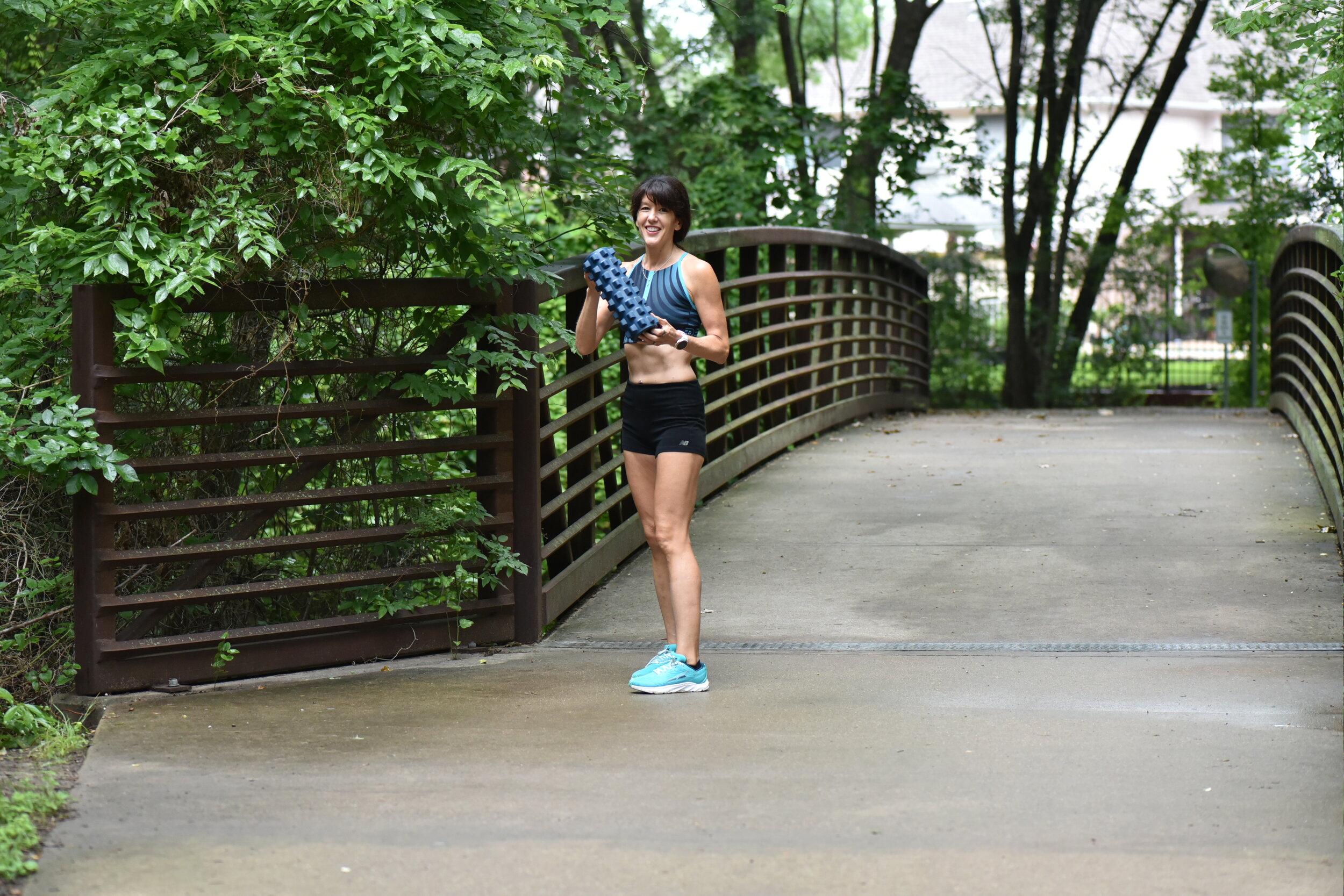
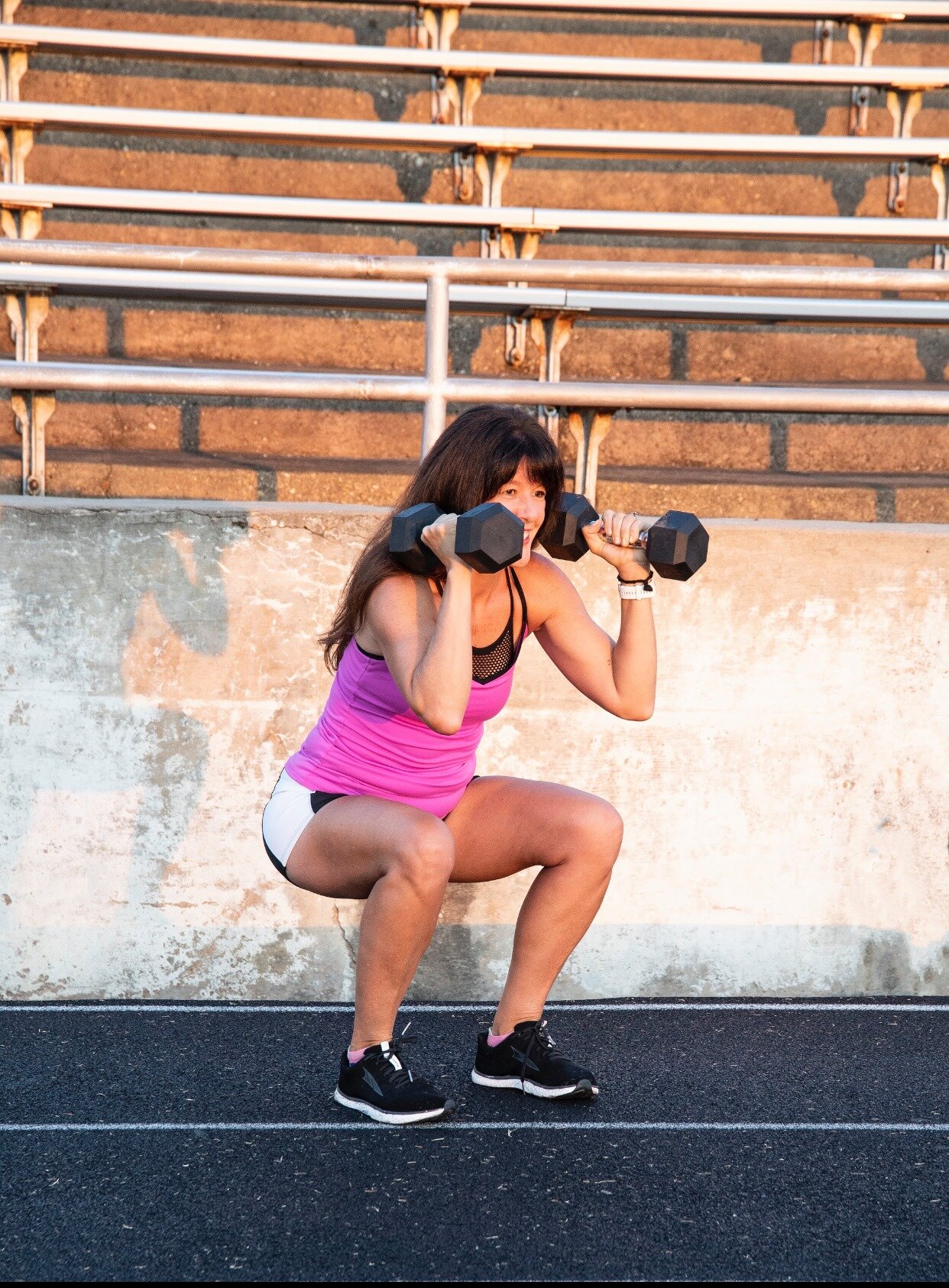















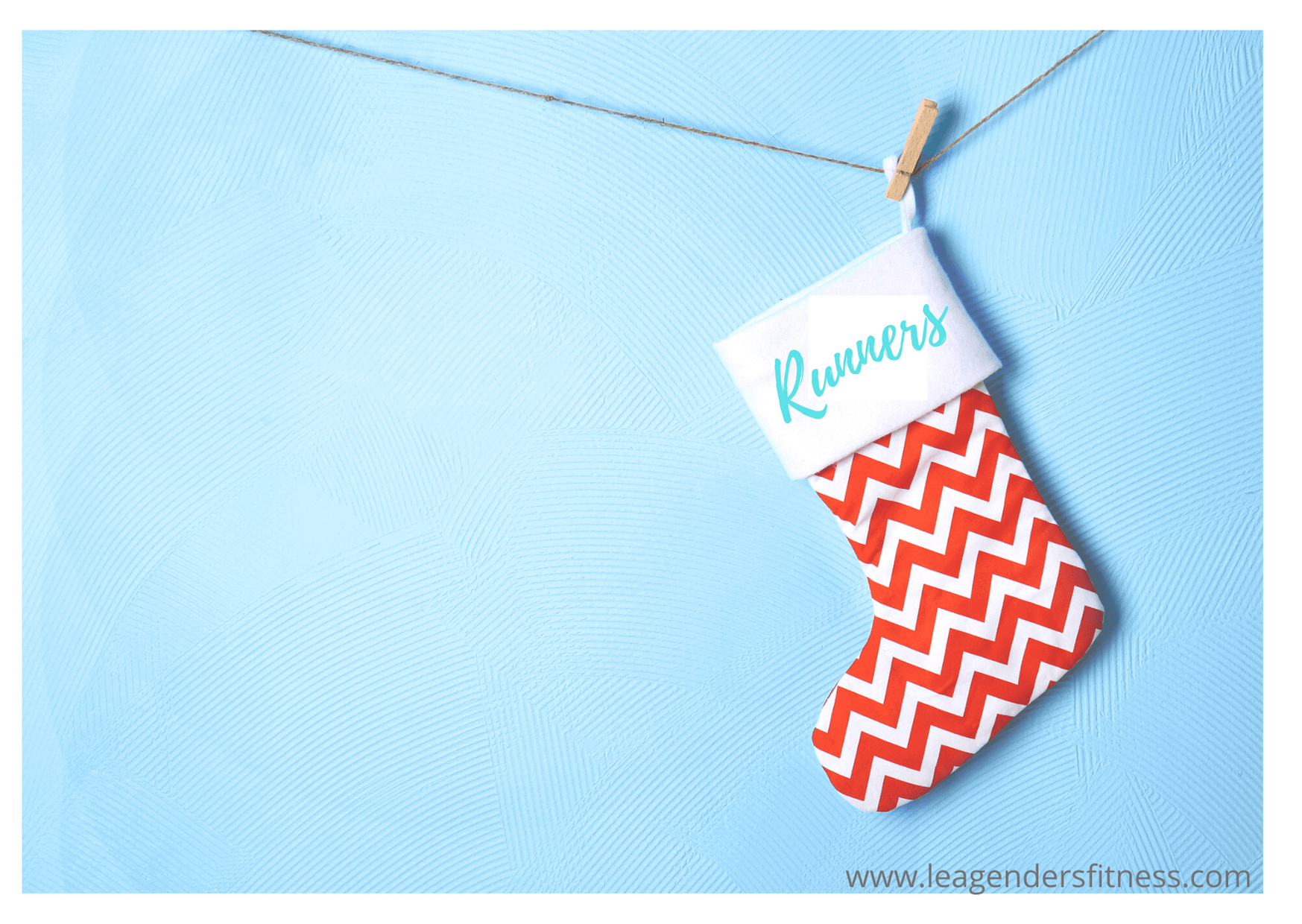

If you have questions about running and weight loss, I’ve rounded up the blog posts to help you with answers. Why do I gain weight during marathon training? What to do when your weight loss plateaus from running. Are you running for performance, or running for weight loss? And why it matters that you choose one. I finish my personal story of how I used running as part of my strategy for permanent fat loss.